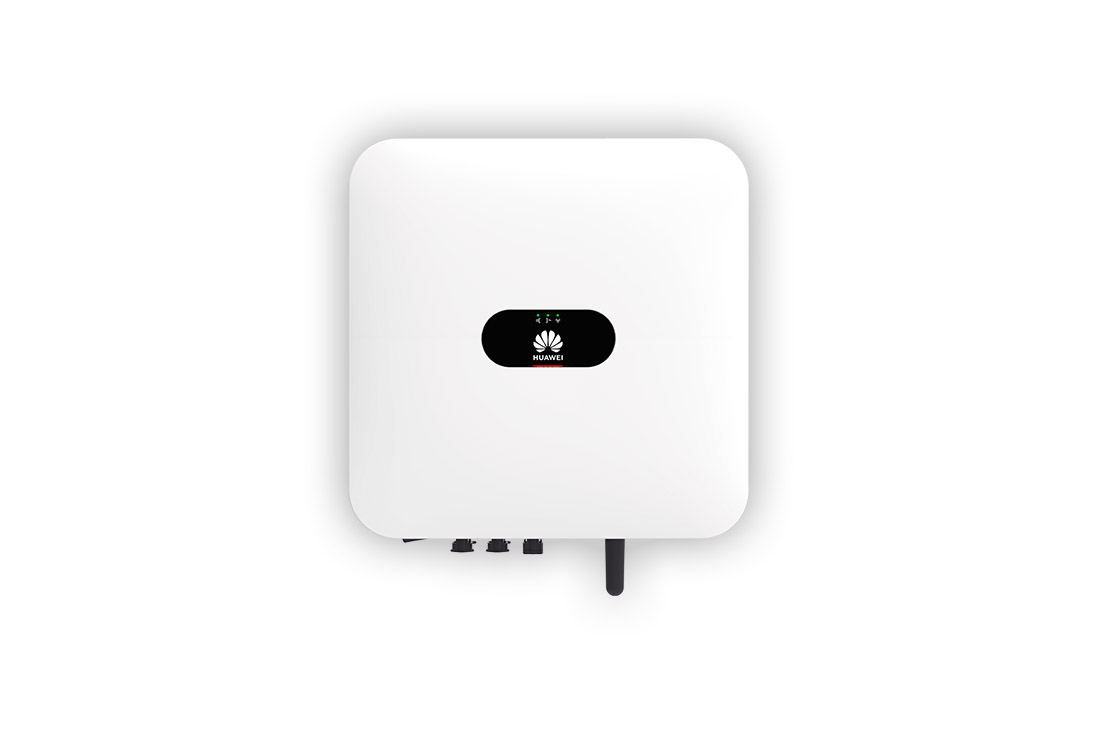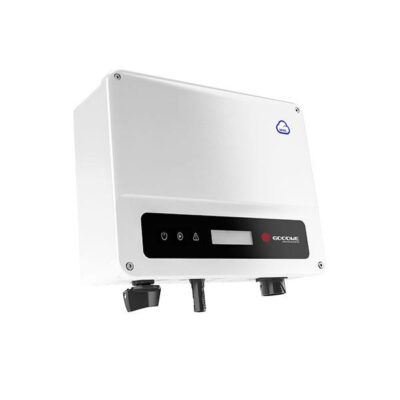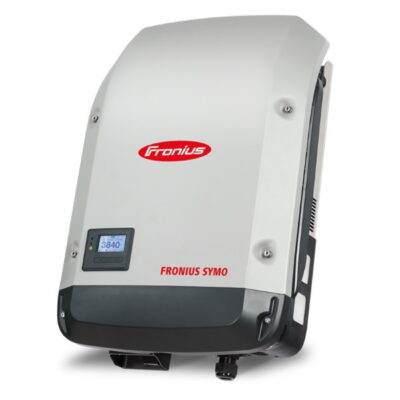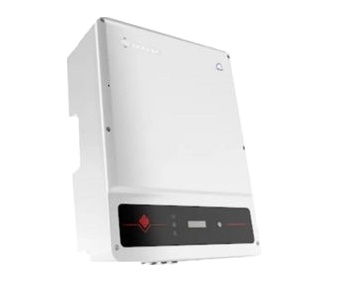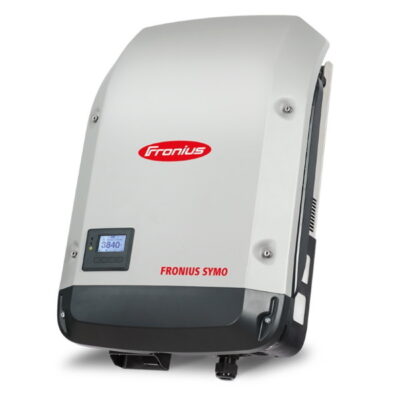HUAWEI SUN 2000 4.6 KTL-L1
Operating temperature range: -25 ~ +60 ° C
Operating relative humidity: 0% RH ~ 100% RH
Operating altitude: 0 – 4,000 m (decrease > 2,000 m)
Cooling: natural convection
Display: Status LED
Communication: RS485, WLAN, Ethernet *, 4G / 3G / 2G *
Weight (including mounting bracket): 12 kg
Dimensions (including mounting bracket): 365 x 365 x 156 mm
Degree of protection: IP65
Huawei SUN2000-4.6KTL-L1 – Battery Compatible
Compatible battery: LG Chem RESU 7H_R / 10H_R
Voltage range: 350 ~ 450 Vdc
Maximum current: 10 A
Maximum discharge power: 4,600 W
Compatible Battery: HUAWEI Smart Battery ESS 5 kWh – 30 kWh 1
Operating voltage range: 350 ~ 560 VDC
Maximum operating current: 15 A
Maximum charging power 3 : 5,000 W
Maximum discharge power: 4,600 W
With the Huawei SUN-2000-4.6KTL-L1 inverter, electricity from your own PV system can be used. The component converts direct current to alternating current and thanks to its high degree of efficiency, users benefit from increased efficiency. The dimensions of the Huawei SUN-2000-4.6KTL-L1 inverter are 365 x 365 x 156 mm, which means that the component is extremely compact. With a weight of 12 kg, it can be assembled by a single person. The Huawei SUN-2000-4.6KTL-L1 inverter has a battery connection and supports RS485 communication to connect to a smart power meter or similar. A battery can be connected either directly during the initial installation or afterwards; thanks to the plug & play connection, the effort is extremely low. In any case, integration into the system via the plug connections is very easy. With the help of the app, commissioning is no problem in minutes.
The advantages of the Huawei SUN-2000-4.6KTL-L1 inverter are multiple and not only extend to the battery connection, but an overvoltage protection (type 2 for AC and DC) is already integrated. In addition, the component has two independent MPP detectors and operating noise is pleasantly quiet thanks to convection air cooling. The rated power of the Huawei SUN-2000-4.6KTL-L1 inverter is specified as 4,600 Watts, the voltage range extends from 90 to 560 volts. During operation, the inverter achieves a maximum efficiency of 98.4%, so that it is suitable for the efficient operation of the system. European efficiency is 97.7%
Huawei will continue to innovate and enable renewable energy to empower every person, home and organization.
Is Huawei a good converter?
When it comes to solar energy, Huawei has a strong foothold in the global PV market. According to reports published by IHS Markit and Wood Mackenzie, Huawei has ranked first in global inverter shipments for six consecutive years since 2015, accounting for 23% of the global market in 2020.
Where are Huawei inverters manufactured?
Huawei is a huge company based in China, and while it mainly focuses on telecommunications, it is also the world’s largest manufacturer of solar inverters based on gigawatts of capacity. Huawei says in 2019, it became the first string inverter brand with 100 GW of inverter deployment worldwide
Photovoltaics entail significant benefits for the consumer and for sustainable development. The autonomous photovoltaic system, i.e. the photovoltaic on the roof, provides energy autonomy with the possibility of storing energy in accumulators. At the same time, it introduces a new way of life, independence and carefree.
Advantages :
Financially. The increase in the cost of electricity that comes with the connection to PPC leads to the idea of getting rid of monthly bills. The installation of an autonomous photovoltaic system is an economical solution, given the drop in prices of photovoltaic panels with the advancement of technology and the increase in their demand worldwide
Ecologically. The positive environmental footprint of an autonomous photovoltaic system with the elimination of dependence on non-renewable and “dirty” hydrocarbons is not a negligible parameter. So they are environmentally friendly and no pollution is caused by the production of electricity.
Reliability. Photovoltaics on roofs are one of the most reliable and efficient electricity production systems available in our country. By installing photovoltaics on the roofs of permanent homes and cottages, they can and do provide autonomy and great economy.


